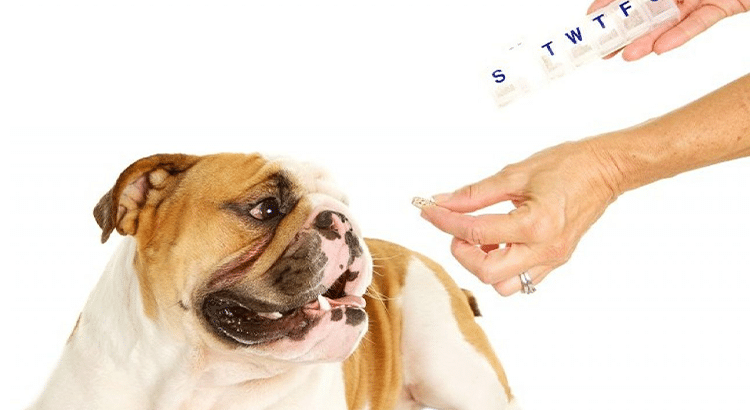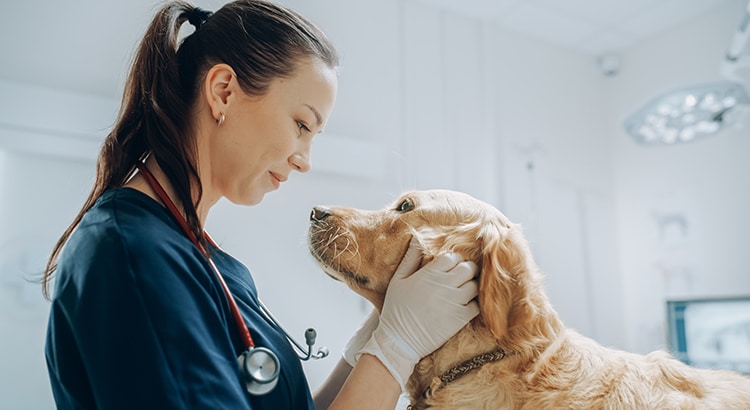
Hypothyroidism in dogs is one of those diagnoses that are foreign to the ear and an owner might be clueless as to what it means. One may wonder how this disease came about, is it treatable, was it preventable, and is their pet going to suffer or live a happy life. Here are answers to the most popular questions regarding hypothyroidism in dogs to help ease the mind of those owners searching for an explaination.
What does the thyroid do?
The thyroid is a gland located in a dog’s neck behind the trachea that releases the hormones thyroxine (T4) and triodothyrine (T3). Calcitonin is also created to control the level of calcium. The hormones produced by the thyroid plan a role in a dog’s metabolism or metabolic rate. Metabolism is responsible for turning food into energy.
What causes hypothyroidism in dogs?
Hypothyroidism is caused when a dog is not secreting enough thyroid hormones causing their metabolism to slow down. In 95% of the cases, the direct destruction of the thyroid gland causes this disease.
Scientifically, the result of hypothyroidism is usually caused by either:
While each of the above causes are hard to define, the suffix -itis means inflammation and the word atrophy means to waste away. Therefore, either the thyroid and surrounding tissues become inflamed, or the gland decreases in size and therefore is not present to function properly.
What are the signs/symptoms of hypothyroidism in dogs and how is it diagnosed?
American Kennel Club labels the following as more common symptoms:
What happens if left untreated?
Untreated hypothyroidism can lead to a poor quality of life, seizures, heart issues, blood pressure problems and infertility. Additional debilitating diseases include corneal ulcers, anemia and adult-onset megaesophagus, which can be life threatening.
How is hypothyroidism in dogs treated?
Hypothyroidism is a lifelong disease that can be managed, but not cured. While the thyroid gland is unable to regenerate and repair itself properly, hypothyroidism in dogs can be treated with the appropriate dose of levothyroxine, synthetic T4. This hormone replacement therapy restores the amount of circulating thyroid hormone concentrations back to an adequate level. This ultimately will reverse the clinical signs of hypothyroidism.
Medication: Levothyroxine
Used either once or twice a day, slowly adjusted until the proper blood levels of T3/T4 and TSH levels are achieved.
What breeds are more prone to hypothyroidism?
According to the Merck Veterinary Manual, hypothyroidism is most common in dogs 4-10 years old, usually affecting mid- to large-size breeds, and is rare in toy and miniature breeds. Spayed females are also at higher risk of developing hypothyroidism.
Breeds reported to be predisposed to hypothyroidism include:
Pet Health Network and Dr. Mike Paul, DMV report thyroid disorders are more common in middle aged and older dogs.
If you believe your pet is showing the signs and symptoms of hypothyroidism, contact your vet to receive a medical evaluation. At Pin Paws, we believe pet parents should have access to speak to a veterinarian 24/7 and therefore have included whiskerDocs in our Pin Paws Plus membership package. So, whether you suspect hypothyroidism or simply have another pet related question, your membership covers every pet in the home. Follow our link for more information and to sign up: Pin Paws Plus.




